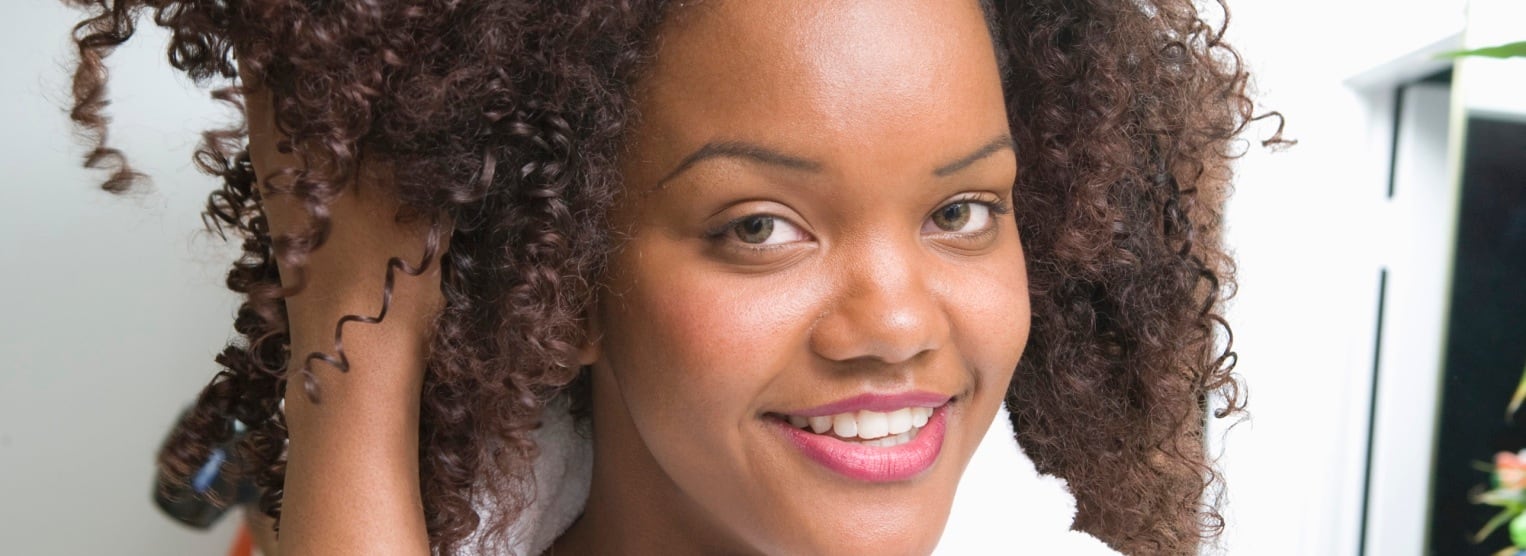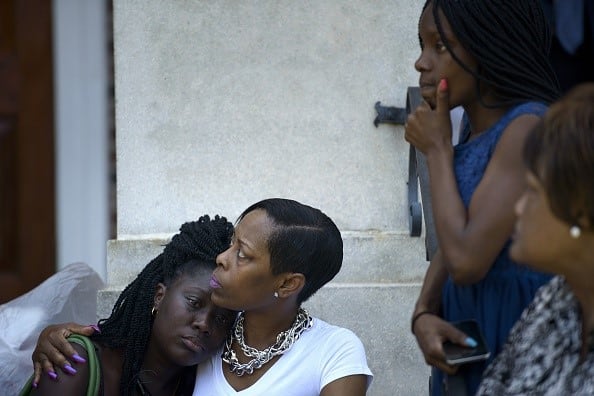Let’s get this part out of the way. The majority of all the hair follicles you will ever have were formed by the time you were a 22-week-old fetus. Follicular-wise, it’s downhill from there. The good news is that you will have a full head of hair for most of your life — decades full of experimentation with length, color and style. But as you blow out more candles on your birthday cake you will also notice changes in your hair.
We treat our faces to a plethora of anti-aging potions, but what about our crowning glory? Here we take a look at what you can expect as your hair ages and what you can do to keep it healthy, thick and luscious for as long as possible.
30s …
“My hair is falling out!”

Shedding hair for the first time? Blame pregnancy, stress or poor styling practices from your early years. (Wavebreakmedia Ltd./Thinkstock)
In your thirties, you may experience hair loss for the first time. It can be alarming and frustrating. Most of the loss and shedding that occurs during this decade can be attributed to pregnancy, stress and poor styling practices from your early years.
While pregnant, thanks to the influx of hair-friendly hormones, you will probably have the longest, thickest hair of your life. (The science: Your hair stays in the growing phase longer than usual during this time.) Post-pregnancy and post-breastfeeding, the hormones shift radically, and the next thing you know you have an excessive amount of hair in your brush.
“After childbirth your hormones fluctuate and the effects can continue for a few months to several years,” explains trichologist Linda Amerson.
Yikes! Coming off birth control pills can have a similar effect on your precious strands. Take solace in knowing that the shedding is temporary; once your hormones level out, the shedding will stop.
This is also a time of learning to balance home and work. You are officially realizing you are a grown-up and you are stressed out — and it may be going straight to your head. The telogen effluvium, or excessive shedding, that is the result of you burning the candle at both ends mimics the loss experienced after childbirth.
“Stress is usually the triggering factor of a condition called neurodermatitis,” says Seymour Weaver, M.D., a dermatologist who specializes in hair loss in women of color. “Neurodermatitis is a medical condition that creates localized areas of severe itching in the middle of the top of the scalp or back of the hairline along the nape area.”
With the scratching and rubbing, the hair just breaks off. These sparse spots can persist and enlarge for years if the stress in not eliminated.
 What You Can Do:
What You Can Do:
Internally: Increase your intake of hair-healthy vitamins. Take a supplement aimed at fortifying hair and nails. Stress is known to deplete our bodies of vitamin B, which is vital for healthy hair. So replenish with foods such as leafy green vegetables and nuts. Don’t forget eggs. They egg yolk is high in biotin, a healthy hair essential.
Externally: Try clip-ins to add instant fullness where you see thin areas without the commitment of a weave or cut. Counter the effects of stress by meditating or simply taking a walk. Also pamper your hair. Wear it in protective styles, and limit the amount of heat you use on stressed-out strands. Try the Aquis Waffle Weave Microfiber Hair Towel ($17.99, bedbathandbeyond.com). It quickly absorbs water so hair dries faster, which equals less time under the hot hair dryer, and it prevents frizz. If possible, let your hair dry naturally.








